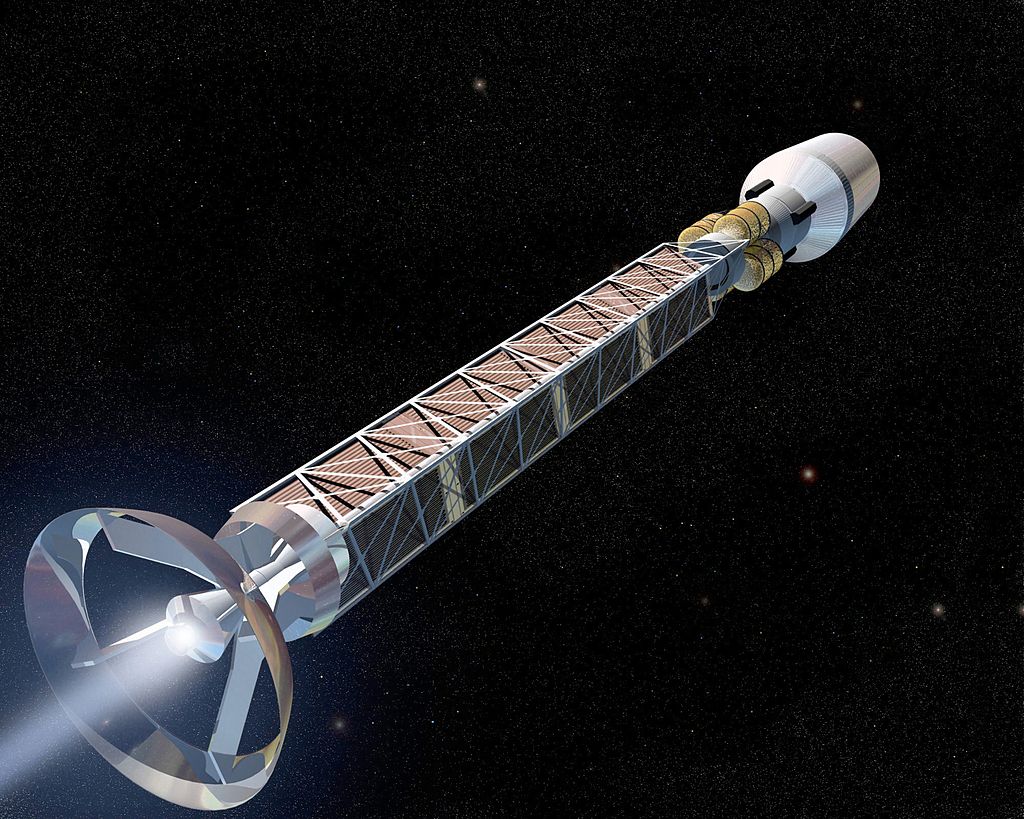Slowing down antimatter at CERN

Fed up with your creaky old antiproton decelerator? CERN is. It's building a new one.

CERN scientists have had enough of their clunky old Antiproton Decelerator.After all, it losses 99.9 percent of all the particles it tries to trap.
So the renowned Geneva physics lab will build a new one that will trap 10-to-100 times more particles by slowing them down to one fiftieth of the speed of the current machine.
CERN will install the new Extra Low Energy Antiproton Ring, or ELENA (you have to like the creative license on the acronym) in the same building as the current decelerator.
“ELENA is a new facility aimed to deliver antiprotons at the lowest energies ever reached in order to improve the study of antimatter,” project head Stéphan Maury said in a press release.
“This is a big step forward for antimatter physics,” added Walter Oelert, a CERN antimatter pioneer. “Going to extra low energy increases the trapping efficiency for antiprotons, which will not only improve the research potential of existing experiments, but will also allow CERN to support a wider range of antimatter experiments.”
Why does all of this, er, matter?
As CERN often says, a better understanding of antimatter could help unravel the mysteries of the universe. Antimatter has the opposite characteristics of ordinary matter. Its protons, called antiprotons, have a negative charge instead of positive. It electrons, called positrons, have a positive charge.
In theory, there should be as much antimatter as there is matter, but known antimatter is scarce.
Antimatter also has practical applications. It’s used in hospital PET scans, and it has potential in all sorts of materials sciene. For the science fiction fans, it’s an energy source – it’s what propelled the Starship Enterprise across galaxies (as for its CO2 footprint, that would depend on how much and what sort of energy goes into obtaining it).
But trapping and storing antimatter has long been a challenge because of antimatter’s annoying habit of exploding when it encounters ordinary matter, as the two annihilate each other. That helps explain why only 0.1 percent of the antiprotons make it through the current decelerator.
If all goes to schedule, ELENA will come to the rescue by 2016. Construction begins in 2013.
Images: Top, NASA/MSFC via Wikimedia. Bottom: CERN.
More boffins and sub-atoms:
- How to save energy on particle colliders
- Faster-than-light neutrinos come down to earth
- The practical uses of antimatter
This post was originally published on Smartplanet.com